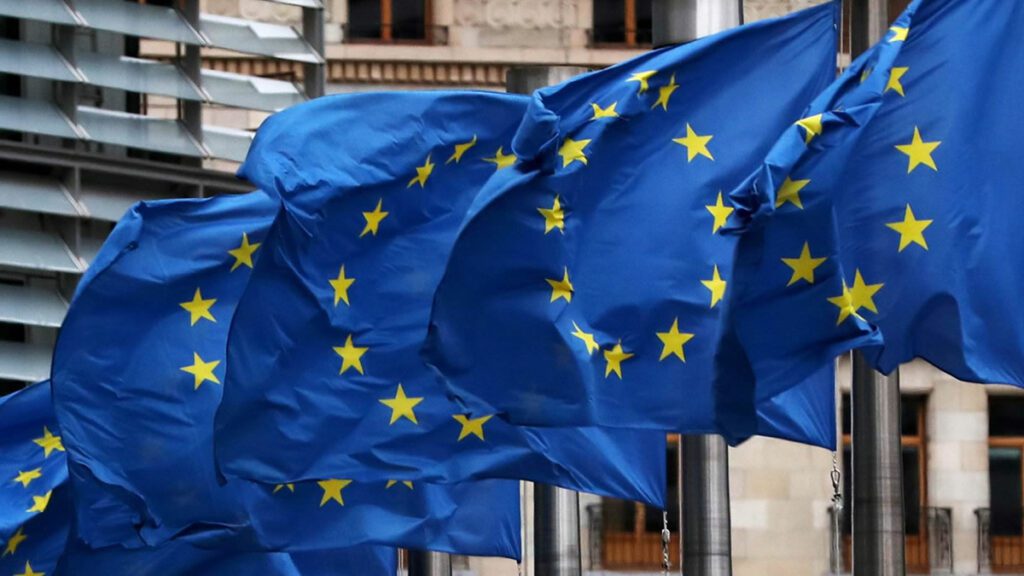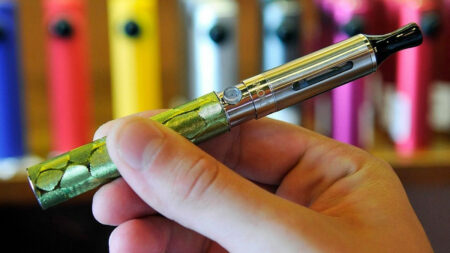Health ministers from all 27 European Union countries gathered on June 21 to discuss a potential bloc-wide ban on flavors in vapes and other safer nicotine products. The meeting, which considered submissions from Denmark and Latvia, also included recommendations for cracking down on cross-border sales. The proposals would need to go through multiple further steps before being enacted, but the development has worried tobacco harm reduction advocates, given the EU's failure to meet its smoking-cessation goals and the hundreds of thousands of annual smoking-related deaths.
Flavors Crucial for Adult Smokers Switching to Vapes
Most adults who switch from cigarettes to vapes prefer flavors other than tobacco, with many finding specific flavors critical to their success. The Danish delegation, on behalf of 11 other countries, including Germany and France, submitted a paper titled "Strengthening efforts to protect children from direct marketing and sale of tobacco and nicotine products, especially on digital platforms." The paper called for the European Commission to initiate a debate on nicotine-based products and examine possible regulations that could allow Member States to ban defined product categories.
Cross-Border Sales Render Country-Specific Bans Ineffective
The Tobacco Products Directive, which governs the EU's nicotine and tobacco products market, allows member countries to set their own rules on flavors, with seven countries already banning them. However, a second paper from Latvia, submitted on behalf of nine other countries, including Spain, argued that the reality of cross-border sales makes country-specific bans ineffective. Both Latvia and Spain are currently pursuing their own flavor restrictions.
Advocates Urge Caution, Warn of Unintended Consequences
European Tobacco Harm Reduction Advocates (ETHRA), a consumer advocacy group, sent an open letter to all EU health ministers two days before the meeting, expressing concern and urging caution. ETHRA partner Damian Sweeney, from Ireland, warned that prohibitions do not cause banned products to disappear or demand to dissipate. He cautioned that a flavor ban could lead to an increase in smoking, a growing black market for flavored products, and potentially dangerous consumer workarounds.
EU Failing to Meet "Smoke-Free" Target by 2040
The release of the 2024 report from Eurobarometer, a department of the European Commission, on June 24 provided important context for the recent proposals. The report showed that at the current pace, the EU won't achieve its "smoke-free" target of a smoking rate below 5 percent by 2040, instead taking until 2070. Michael Landl, director of the World Vapers Alliance, criticized the EU for targeting harm reduction products instead of focusing on the real issue, accusing the bloc of actively sabotaging public health efforts.
Recent European Elections May Influence Legislation
The potential damage of an EU-wide flavor ban may not come to pass, as the recent European elections, which saw the center-right European People's Party (EPP) grouping increase its plurality, may have produced a legislature more open to tobacco harm reduction. Supporters of tobacco harm reduction come from all along the political spectrum, and Sweeney emphasized that it shouldn't be a right/left issue, but rather a people issue.
However, the threat hasn't disappeared entirely, as the European Commission may propose a flavor ban when the impact assessment and public consultation for the next Tobacco Products Directive is published in 2025. Sweeney stressed the importance of advocacy and building relationships with European Parliament members, as proposals will have to be debated and voted on in committee and in parliament.








